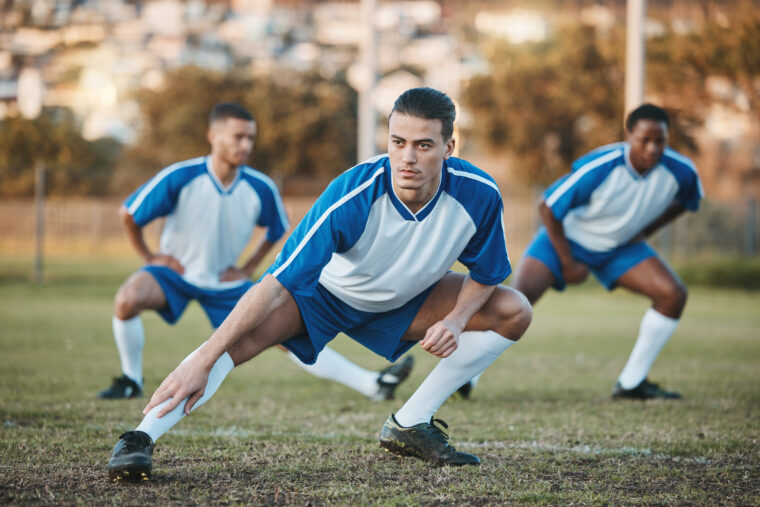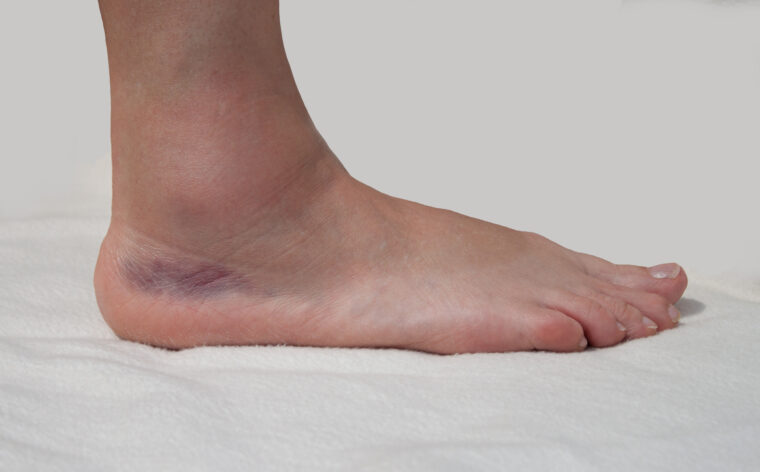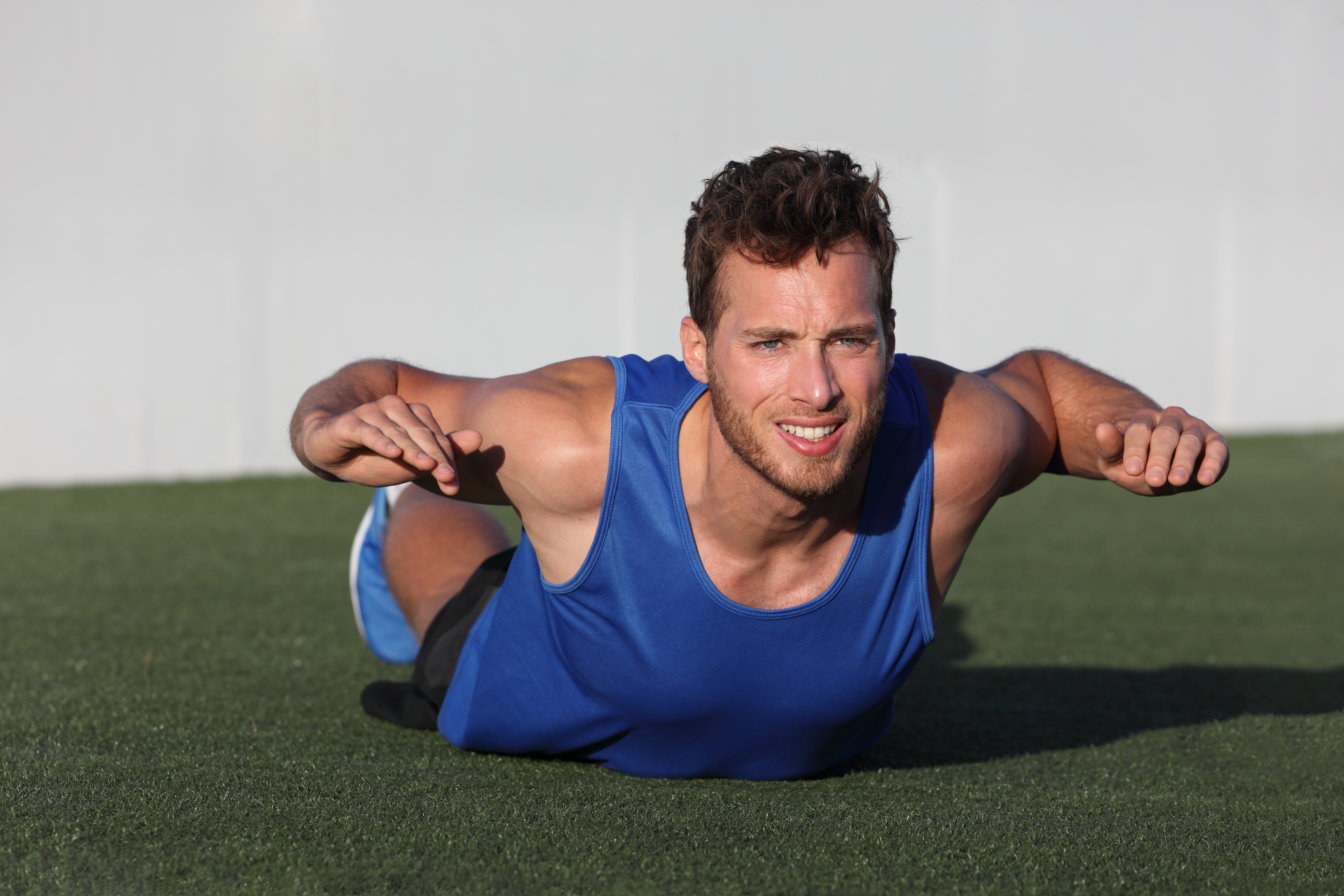We get asked a lot of questions about what types of shoes to wear. Afterall, there are a lot of options. Some are functional, some are fashionable. We like to stick with function over fashion. Afterall, we tend to work with an active population and athletes of all disciplines need proper footwear to help optimize performance and reduce the likelihood of injury. There is so much information (misinformation) out there and it seems like most everyone has an opinion. We are not after opinions. We are after facts.
We’re going to cover two popular and discussed shoe configuration topics. This blog (and associated YouTube video below) will cover zero drop and the next one will cover neutral shoes.
Zero drop refers to the heel to toe drop in a shoe. Literally, the heel of a shoe is usually made to be higher than toe (forefoot). The shoe effectively angles down from the back of the foot to the front. You won’t usually see this just looking at the shoe. You’ll likely need to see the listing online or write the company. Some shoes are still using 10-12mm heel to toe drops. Ouch! This effectively shortens your calf musculature at all times…not good. In effect, it’s like you’re wear heels.











